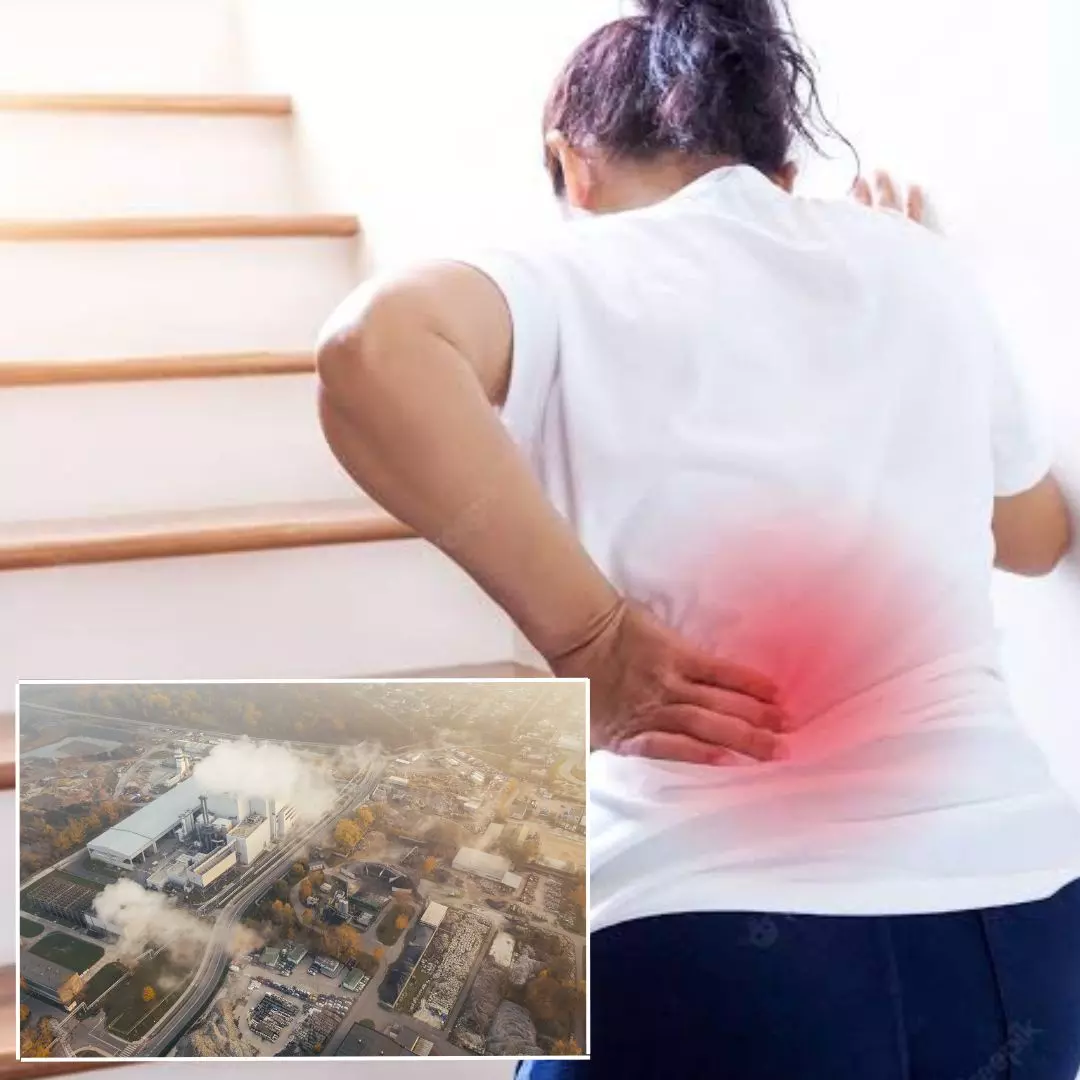Air pollutants are known to have a vast and drastic impact on an individual’s health. Earlier, many research studies have pointed toward how breathing polluted air could cause issues from respiration to even cognition capacity. As these pollutant levels increase, the effects it leaves behind increase even further. A recent study conducted by scientists at the Columbia University Mailman School of Public Health has now drawn a correlation between increased levels of air pollutants and bone damage among postmenopausal women.
Air Pollution Weakening Bone Structure
Researchers at the US-based University found that the after-effects of air pollution were most evident on the lumbar spine, with the nitrous oxides (NO) deposits twice as damaging to the area as in normal aging. Studies carried out before these findings had only suggested adverse effects on bone mineral density, fractures, and other osteoporosis risks in older individuals. The latest research becomes the first to draw a link between air pollution and bone mineral density, specifically among postmenopausal women. It is also the first to study the effects of air pollution mixtures on bone outcomes.
Published in the journal eClinicalMedicine, the research provides data collected through the Women’s Health Initiative study, an ethnically diverse group of over 1.6 lakh postmenopausal women. After setting the target group, they estimated air pollution exposures based on the participants’ residences. The scientists then measured bone mineral density (BMD) using dual-energy X-ray absorptiometry. The women’s BMD was observed and studied with a follow-up after years one, three, and six.
Resolving Healthcare Costs One Study A Time
The researchers found that the magnitude of the effects of nitrogen oxides on the lumbar spine BMD amounts to 1.22 percent annual reductions. This is nearly double the annual effects of aging on the body, which are believed to happen through bone cell death, oxidative damage, and other mechanisms. A report by the Economic Times quoted the Study’s first author Diddier Prada saying, “our findings confirm that poor air quality may be a risk factor for bone loss, independent of socioeconomic or demographic factors.”
The Study provides evidence for the first time that nitrogen oxides, found among air pollutants, are significant contributors to bone damage and that the lumbar spine can be one of the most susceptible sites of damage among postmenopausal women. It calls for improving the air quality, which could reduce the health expense burden associated with osteoporosis.
Osteoporosis impacts more women than men, with an estimated 80 percent of 10 million American women reporting osteoporosis. Further, one in two women over 50 have experienced a bone fracture because of osteoporosis. Car and truck exhausts are considered a significant source of nitrous oxides, followed by emissions from electrical power generation plants. With the Study bringing to light the impact of air pollution on bone health, the healthcare sector has been asked to focus its attention on detecting those at higher risk of air pollution-related bone damage.
Also Read: Declining Air Quality! Rural Villages Account For 41% Of Atmospheric Pollution, Reveals Study
https://thelogicalindian.com/h-upload/2023/02/24/500x300_230040-untitled-design-8.webp
Environment
2023-02-24 11:19:48.0
Air Pollutants Can Speed Up Bone Loss Among Postmenopausal Women, Reveals Study











